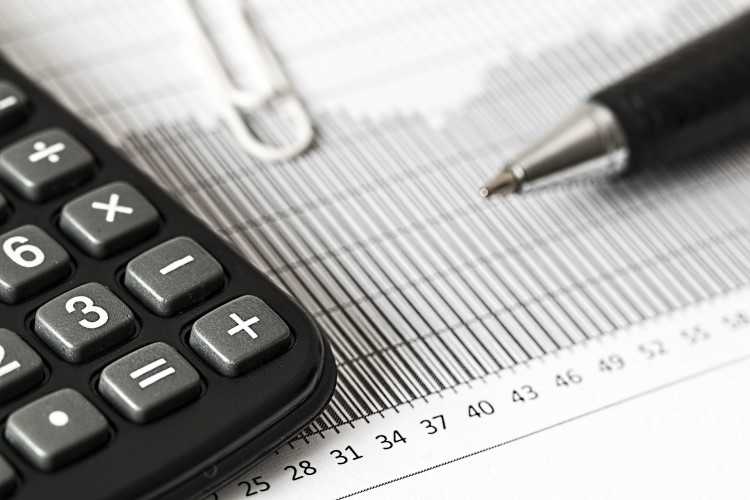
Housing debt in Australia is on the rise and the latest finance data from the central bank shows that it has continued to climb since the last quarter of last year, with the ratio of household and housing debt to disposable income reaching a new record high, according to the Reserve Bank of Australia (RBA).
Analysing the RBA data, CoreLogic said that at the end of 2017, the ratio of household debt to disposable income was recorded at 188.6%, and the ratio of housing debt to disposable income was 138.9%. Over the past 12 months, the ratios have increased by as much as 4.4%.
Also Read: Should Aussie homebuyers expect an uptick in wages?
Meanwhile, the proportion of household assets to disposable income has also increased, almost reaching another record high. As of December 2017, the ratio of household assets to disposable income was recorded at 961.5% while that of housing assets to disposable income was recorded at 525.3%.
CoreLogic said one important thing to note about is that over the recent years, the rate at which the value of household assets has been increasing was faster than that of the value of debt. However, there has been in the moderation in the increase of household assets as debt continued to balloon at a fairly consistent rate.
With dwelling values starting to languish, debts could begin to outpace most household asset value, which would result in fewer active buyers in the market.
"After very high levels of interest-only borrowing over recent years, recent quarters have seen substantially fewer new interest-only loans written and an increasing number of borrowers voluntarily switching to principal and interest. This will mean that a higher proportion of borrowers are reducing their debt," CoreLogic said.
Related Stories:
How much money would you need to experience financial freedom?
It could be now or never for Sydney home hunters
Collections: Mortgage News



Share